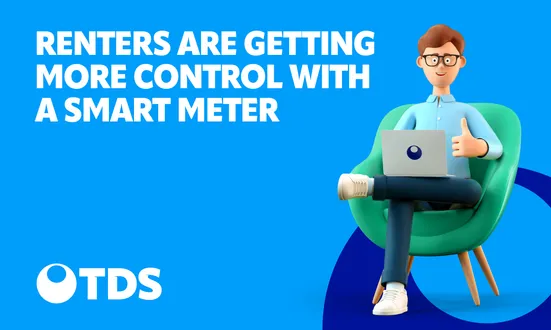Most rented properties are lived in by more than one person. What is the best way to deal with this?
There are a number of different methods. However, before looking at these, let’s take a quick look at how the law deals with shared ownership of land.
Shared ownership of land – legal basics
First of all – a tenancy is a legal interest in land. Under the Law of Property Act, 1925 leasehold interests in land are one of the two types of legal interest that exist – the other being freehold.
A tenancy is a type of leasehold interest so counts as ‘ownership’ although more properly we talk of an ‘interest’ in land.
Under the law, only four people can jointly own a legal interest in land (leasehold or freehold). These people own the property as trustees – normally for themselves and for any other people named on the document.
So if you have a tenancy agreement which names six tenants – the first four will be the legal owners of the tenancy and will own it on behalf of themselves and the other named tenants.
There is nothing wrong with this, and it is a good idea to include all the occupiers on the tenancy agreement – even if there are more than four – as they will then all be liable to you contractually for the rent (meaning that if they don’t pay you can sue them!).
So having got that out of the way – what are the various methods used for shared properties?
Joint and severally liable tenancy
This is where several tenants sign the same tenancy agreement together and share the property. This is the most common situation.
Landlords like it as there is less paperwork, and all the tenants are liable for all the rent. Tenants like it as they get to choose who they share with. The main problem comes when one or more of the tenants want to move out mid-term.
Because of the legal rules (discussed above) where more than one person owns property – you can’t just cross out the names in the tenancy agreement and write in the new one. The only proper way to deal with a change of tenant is to sign a new tenancy agreement with the remaining tenants and the new tenant.
If you are in this situation you may be interested in my ‘changing tenants kit’ which you can read about here.
Rooms in a shared house
This is the next most popular solution. It is where the landlord rents out rooms individually with the tenants having separate agreements for their own room with shared use of the ‘common parts’ such as the kitchen, bathroom, sitting room and other communal living space.
This involves more paperwork but there are some advantages for landlords:
- The problems discussed above when one tenant wants to leave mid-term does not apply – so it is a good system to use if you are going to have several tenants who are going to be living in the property for different periods of time.
- Landlords are generally able to achieve a higher rent for the property overall if it is rented out by the room, and
- It is easier for landlords to access the common parts of the property, eg to do repairs or show round new tenants.
The main downside of this type of occupation is that dealing with council tax and utilities can be more problematic – many landlords just include this with the rent (you can read more about this here).
There is also the fact that if one tenant leaves, the landlord will not get any rent for their room until a new tenant has been found for it – unlike the joint and several tenancies where all the tenants are liable for all of the rent whether they are living in the property or not.
Lead tenant subletting to lodgers
This is where the property is let to one person who is then authorised to sublet out the rooms to lodgers.
There are a number of advantages to this. It is less work for the landlord and if the lodgers prove unsatisfactory they can be evicted a lot more easily than an unsatisfactory tenant. Find out more about this on my Lodger Landlord website.
However, you do need to have a tenant who you trust absolutely. This method is perhaps most commonly used when parents buy a property for their son or daughter at university or college and the son or daughter then sublets rooms in the property to their friends.
Disorganised comings and goings
Sometimes landlords just lose control of their properties.
For example, this is where, when a tenant wants to leave they find a replacement tenant themselves and the incoming person pays the deposit to the outgoing person.
This often seems to work very well but it is actually a recipe for disaster. For example, what do you do if you want to recover possession of the property but find that none of the named tenants live there anymore?
This is also a dangerous situation in view of landlord’s obligation now to conduct right to rent checks and the serious penalties that can apply if occupiers without a right to rent are found in occupation of property.
So, whatever way you use to deal with people sharing – make sure it is not this one!
What about Houses of Multiple Occupation?
Whether or not your property is an HMO will depend on how many people are living there and whether or not they form more than one ‘household’. It is not dependant, for example, on whether you rent to tenants as joint tenants or rent out individual rooms in a shared house.
We will be looking at HMOs in the next article in this series, but you will also find information here.
In the meantime you can find me at www.landlordlaw.co.uk, my Landlord Law Blog at www.landlordlawblog.co.uk and on twitter @TessaShepperson.
Tessa Shepperson
Tessa is a lawyer specialising in landlord & tenant law and runs the popular Landlord Law online service for landlords.
Other news stories


